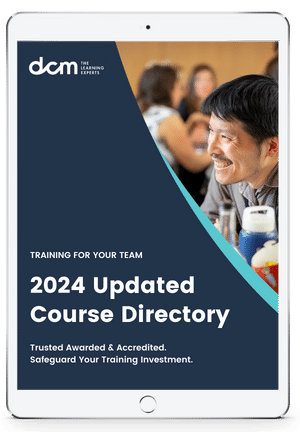Agile and Lean are two popular methods in the project management world that help teams deliver faster, more sustainable results.
However, the differences and similarities between these two methodologies are often not clear. Even the terms themselves are often used in the wrong manner, as synonyms to describe a particular set of practices.
For a project manager, it is important to understand the differences and similarities between Lean and Agile methodology in order to guarantee the correct application and to obtain an effective and efficient organization.
Lean Methodology
Lean Manufacturing has transformed many traditional concepts including:
- Production should be based on demand and not on supply. It is simply about doing something when someone wants it and orders it, rather than doing it first, hoping then that someone will need it;
- The production is more efficient if performed in small lots in order to exploit economies of scale;
- Taking the time to focus on quality also increases production and efficiency;
- Employers, not managers, are responsible for defining their method of working;
- Rather than executing predefined tasks over and over again, workers must continually improve their way of working (the so-called “Kaizen”).
Agile Methodology
Agile refers to a set of values and principles set out in the Agile Manifesto.
The Agile Manifesto basically underlines the following aspects:
- Interaction of individuals on tools and processes
- Collaboration with potential customers in the negotiation of project results
- Respond to change with a plan
The Agile methodology is very similar to the Lean methodology and for this reason, you will see many similar points between these two. The Agile methodology, in general, is more based on development rather than production.
So Lean or Agile?
Organisations that use Agile are doing so to improve the product or service they provide and very often, this product or service is software related. They are making improvements to deliver a better product to their customer/ user.
However, these organisations are businesses like any other. And in any business, there are many processes to consider. From the recruitment and management of staff to issuing invoices and the development of future clients, there are many activities that happen in every business every day that support the core activity. Each of these activities is a process and any process can be improved using Lean.
Lean and Six Sigma can be applied to all of your business’ support services in and around your core activity, resulting in additional savings and benefits for the company.
Lean Reviews: Stories from Our Customers
Over the past 2 years, over 2,000 learners (2,197 to be exact) have come to DCM to learn more about lean and get certified. Read (and watch) their reviews to see how our courses have helped them achieve their career goals.
Inhouse Tailored Training for Your Team
We provide training programs that are developed by industry, for industry. Our range of programs can be delivered in a way that suits the needs of your business to offer your employees learning that is accessible and flexible.
We add value to your business by providing specialised, flexible and scalable training that meets your training needs. As your workforce grows and evolves, our globally certified and industry-validated learning solutions can assess, train and qualify your employees. For more information on how we can help please visit the in-house training page.
Membership, Stay Connected. Stay Relevant.
Completing a program is a point-in-time exercise that delivers huge value, but there is a next step to maintaining the currency of your skills in the ever-evolving professional world.
Membership is the next step.
A unique platform, membership is designed to ensure that you are in tune and up-to-date with the latest tools, trends and developments. Being a member provides just-in-time training and continuous professional development, and an exclusive and evolving content library informed by subject matter experts and industry leaders.







